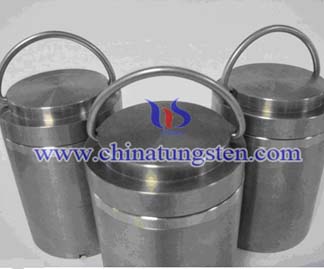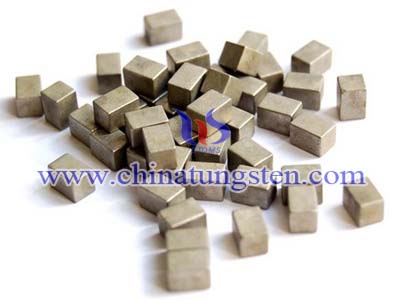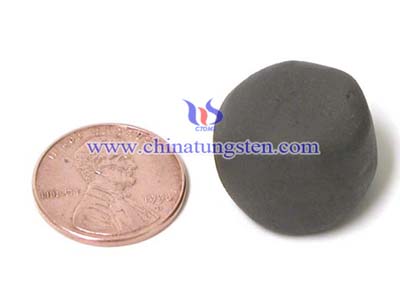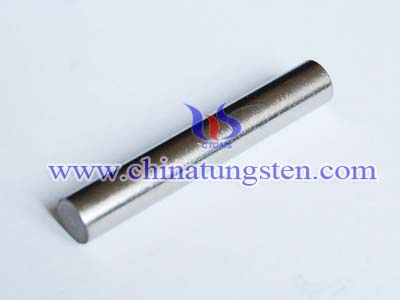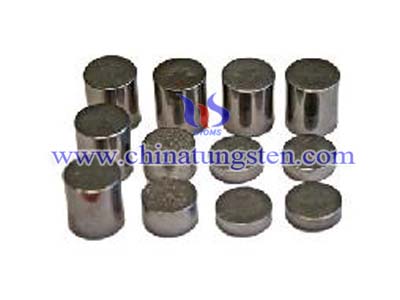Tungsten Alloy Shielding
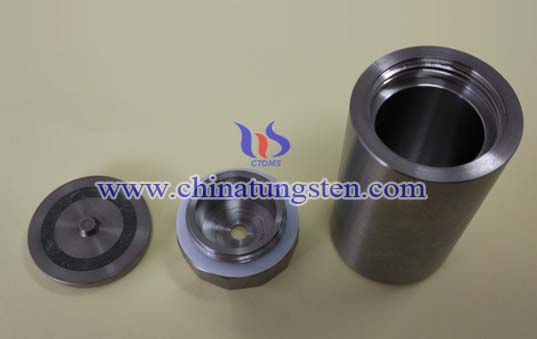
The very high density of tungsten shielding (more than 60% denser than lead) allows a reduction in the physical size of shielding components, without compromising their rigidity or the effectiveness of the shielding characteristics. Tungsten is used in many radiation shielding applications including industrial, nuclear and medical. Because of its high density and high atomic number, is an effective construction material for shielding from gamma rays and x-rays. Lead and boron carbide can shield radiation too, but can't performance as good as tungsten alloy.
Tungsten shielding is used in applications such as collimator, nuclear shielding, beamstop, PET syringe shield, vial shield, isotope container, FDG container, multi leaf collimator , yacht, sailboat, submarine and other vessels crank camshafts, holders for well logging, racing weights, vibration damping and dynamic balancing. Tungsten sinker bar, tungsten bucking bar, tungsten boring bar, tungsten Sinkers, tungsten alloy counterweights for golf and tungsten alloy dart parts spheres, cubes, and projectile shapes die inserts used in the extrusion of brass and copper, tooling for low-pressure die-casting of aluminum and brass, hot upsetting dies, filler rods for die repair, balancing components or reducing vibration etc.
Tungsten is a best choice for radiation shielding applications, in both medical and industrial settings. Compared to traditional radiation shielding materials, tungsten radiation shield provide excellent value. A high-density alloy can provide the same energy absorption as lead using 1/3 less material. People are taking advantage of tungsten alloy's reliable radiation shielding properties.
Owing to its high density of shielding, tungsten is quite ideal for medical radiation shielding, of which including Magnetic Resonance Imaging(MRI),Intensity Modulated Radiation Treatment(IMRT ),Positron Emission Tomography (PET),collimator, isotope container, and so on.
Specifications of high density tungsten alloy's medical radiation shield as shown in the following table:
| Proportion of ingredients | Category / Level | Specification |
| 90W-7Ni-3Fe | Class 1 | AMS-T-21014 |
| 91W-6Ni-3Fe | Class 1 | AMS-T-21014 |
| 92W-5Ni-3Fe | Class 2 | AMS-T-21014 |
| 93W-4Ni-3Fe | Class 2 | AMS-T-21014 |
| 95W-3Ni-2Fe | Class 3 | AMS-T-21014 |
| 96W-3Ni-1Fe | Class 3 | AMS-T-21014 |
| 97W-2Ni-1Fe | Class 4 | AMS-T-21014 |
| 90W-6Ni-4Cu | Class 1;Grade 1 | MIL-T-21014;ASTM-B-459-67 |
| 90W-7Ni-3Fe | Class 1;Grade 1 | MIL-T-21014;ASTM-B-459-67 |
| 92.5W-5.25Ni-2.25Fe | Class 2;Grade 2 | MIL-T-21014;ASTM-B-459-67 |
| 95W-3.5Ni-1.5Cu | Class 3;Grade 3 | MIL-T-21014;ASTM-B-459-67 |
| 92.5W-3.5Ni-1.5Fe | Class 3;Grade 3 | MIL-T-21014;ASTM-B-459-67 |
| 97W-2.1Ni-0.9Fe | Class 4;Grade 4 | MIL-T-21014;ASTM-B-459-67 |
Tungsten is a best choice for radiation shielding applications, in both medical and industrial settings. Compared to traditional radiation shielding materials, tungsten shielding provide excellent value. A high-density alloy can provide the same energy absorption as lead using 1/3 less material. People are taking advantage of tungsten alloy's reliable radiation shielding properties. It can provide the same degree of protection as lead whilst significantly reducing the overall volume and thickness of shields and containers. Tungsten has very high melting point and have a density twice that of steel and is more than 50% heavier than lead. Due to their high density, tungsten alloy offers greater radiation shielding than lead and are non-toxic.

